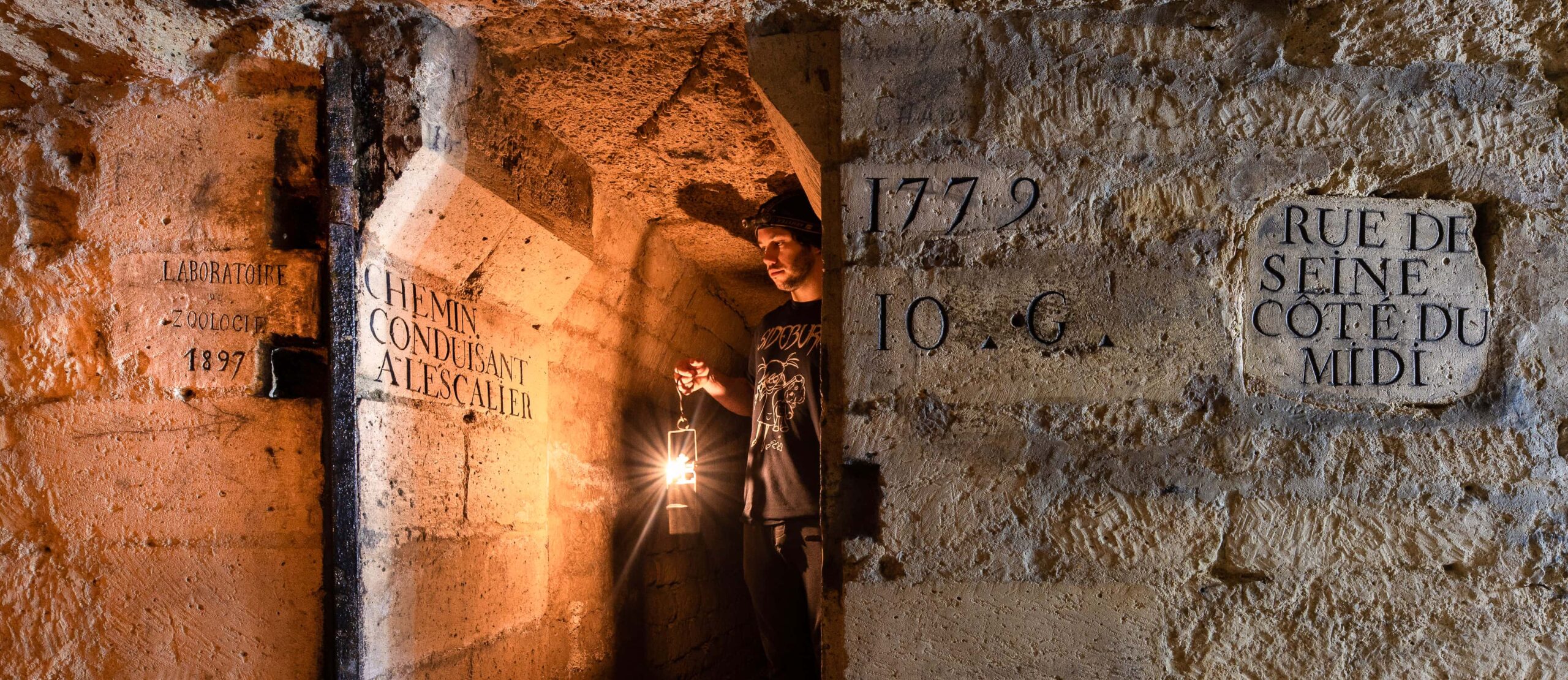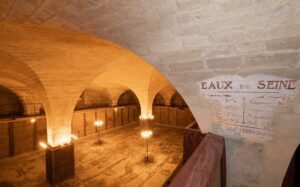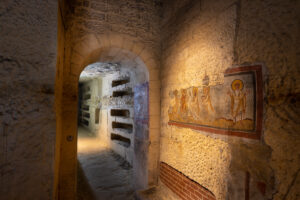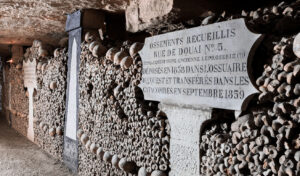From the end of the 19th century and the beginning of the 20th century, the Parisian quarries were a privileged place for the study of cave fauna and flora; in particular, the aim was to determine the influence of the environment on the development of living beings. The laboratory of the Jardin des Plantes pushed studies of living organisms very far.
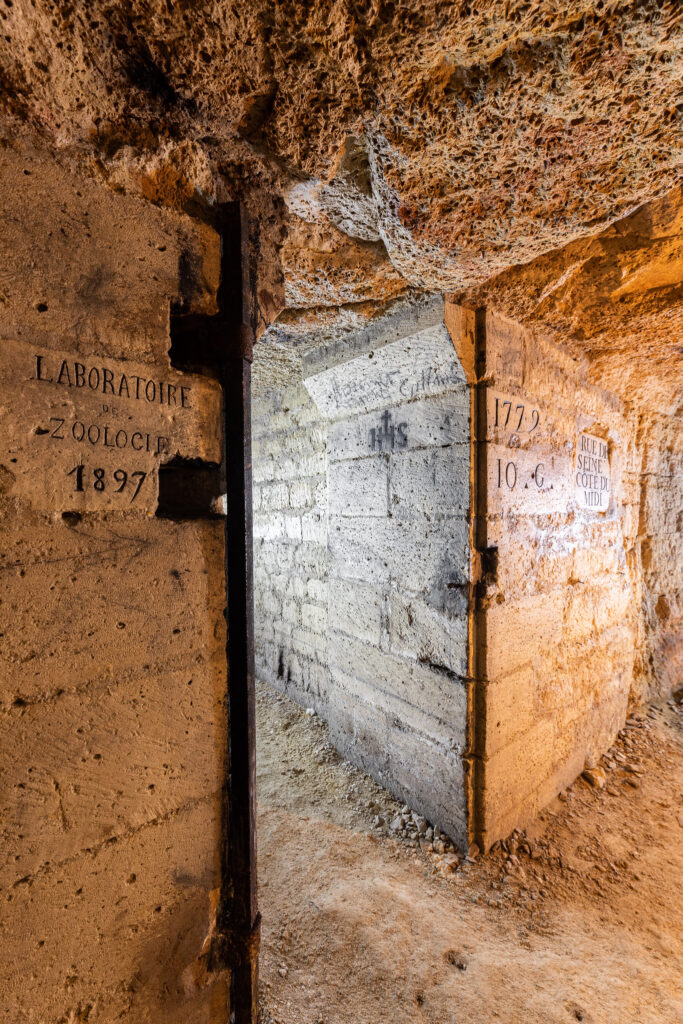
Armand Viré’s underground laboratory
Through a well discovered in 1895 at the level of the former orangery of the Jardin des Plantes, Armand Viré, along with Louis Mémain, gained access to a network of old limestone quarries. Seizing the advantage he could gain from this site, he had this sector converted into an easily accessible underground laboratory. Work began in March 1896 thanks to the kindness of the Museum’s director, Alphonse Milne-Edwards, and the inauguration took place in April 1897. In what became the “catacomb laboratory”, Armand Viré studied the influence of the environment on the living world, tirelessly questioning the links between the “lucicultural world and the dark world”.
In order not to disturb their experiments, the researchers limited light sources to a minimum and went down into this laboratory, reduced to some 20 square meters, lit only by a candle placed in a dull lamp with red-tinted glass. Aquariums were supplied with spring water while wastewater was dumped into an abandoned well. Armand Viré collected insects from the surface and made them reproduce underground to study the appearance of cave-dwelling characteristics. Does function create the organ? The lack of light encouraged the disappearance of pigments and the regression of the organs of vision, but caused, in compensation, a hypertrophy of the tactile organs (hairs, antennae), olfactory and auditory organs.
The Museum installed similar aquariums on the surface in a room to compare the differences in development linked to light and to assess whether cave-dwelling animals raised in daylight could acquire the characteristics associated with this environment.
Scientific report
Although it was created to operate “until the 21st century”, the great flood of 1910 greatly affected this experimental site, which did not survive long. As early as 1912, Armand Viré realized that his laboratory was too close to the surface and suffered from significant temperature variations, which affected the results of his experiments. The mobilization of the researcher during the world conflict of 1914 definitively got the better of the underground laboratory.
While the posterity of the experiment of the Jardin des Plantes remains uncertain, we can recognize an emulator; in 1909-1910, Henri Gadeau de Kerville had also set up an “experimental speleobiology” laboratory in a former quarry in Normandy… but his activity quickly declined. It was not until February 1948 that the CNRS created an underground laboratory in Moulis (Ariège), still in operation, interested in the changes in development induced by the constraints of the underground environment.
The underground evolution of species was quickly and severely challenged, first by Racovitza and then by René Jeannel, who contested the scientific value of his observations.
This biospeleologist sought to explore beyond the simple collection and classification of species. He wanted to study the biology, physiology and behavior of underground creatures. Unfortunately, he received little recognition for his efforts. However, several cave species have paid tribute to this precursor by being named after him, such as Niphargus virei (collected by Armand Viré in Jura caves), Stenasellus virei (an isopod) or Cascosphoerma virei (a sphaeromian).
Source: Atlas du Paris souterrain, under the direction of Alain Clément and Gilles Thomas, 2016


